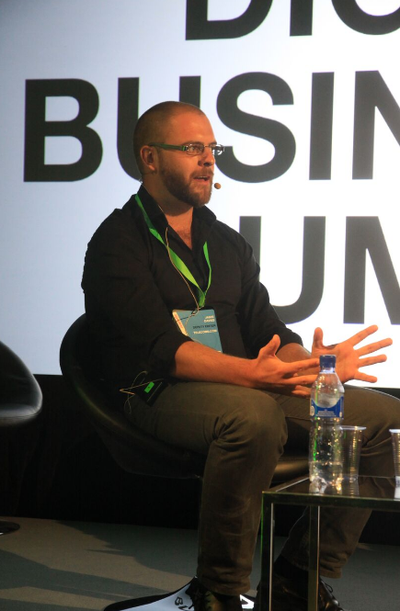Netflix started as a platform where old-series could be relived, but now with rivals aiming to replicate the success of the streaming giant, the content world is becoming increasingly fragmented.
May 15, 2019

Netflix started as a platform where old-series could be re-lived, but now with rivals aiming to replicate the success of the streaming giant, the content world is becoming increasingly fragmented.
The big question which remains is how big is the consumers appetite for content? How many streaming subscriptions are users willing to tolerate?
The news which hit the headlines this morning concerned Hulu. Disney has come to an agreement to purchase Comcast’s stake in the streaming service, for at least $5.8 billion, in a divorce proceeding which will take five years. This transaction follows the confirmation AT&T sold its 10% stake in Hulu to Disney last month.
Disney consolidating control of Hulu is not much of a surprise to those in the industry, but fan favourites disappearing from the various different streaming services might shock a few consumers.
AT&T has also confirmed it will be pulling WarnerMedia content, such as Friends and ER, from rival’s platforms. The Office, one of the most popular titles on Netflix, will be pulled by owner NBCUniversal. The series, and other NBCUniversal content, will also be pulled from Hulu in favour of parent-company Comcast’s streaming service which will launch next year. Disney will also be pulling its headline content, the Marvel movie franchise for example, back behind its own paywall. Amazon Prime has its own exclusive originals, and YouTube has ambitions with this model as well.
Over the next 12-18 months, content will be pulled back away from the licensing deals to reside only on the owners streaming platform. Users will find the content world which they have come to love is quickly going to change. Some might have presumed the cord-cutting era was one of openness, a stark contrast to one of exclusivity in traditional premium media, but it does seem to be heading back that direction.
It is perfectly reasonable to understand why this is being done. These are assets which need to be monetized, and the subscription model is clearly being favoured over the licensing one. WarnerMedia, 21st Century Fox, AT&T, Comcast and Disney might have had an interest in the licensing model in by-gone years, but following the consolidation buzz, it has become increasingly popular to create another streaming service to add into the mix.
The issue which may appear on the horizon is the fragmented nature of the streaming world; consumers wallets are only so thick, how many streaming services can the market handle?
The test over the next couple of months, or years, will be the quality of original programming. Netflix grew its original audience through a library of shows other content companies were ignoring, but today’s mission is completely different; original and local content is driving the agenda.
The question is whether other providers will be able to provide the same quality? With subscription revenue being spread thinner across multiple providers, will there be enough money flowing into the coffers to fuel the creation of this content? Will the pressures of increased competition decrease overall quality?
Today it is very easy to find the best and deepest range of content available. You might have to subscribe to more than one service, but at the moment consumers are able to afford it. Tomorrow might be a different case. The more streaming services in the market and the more fragmented the content, the more decisions consumers will have to made. Having 4/5 services is probably unreasonable. And we’re only talking about quality of experience, the mess of different discovery engines is another topic.
The question which remains is whether the economics of a fragmented content segment can support the original content dream which has been promised to consumers, or whether the old-world of low-quality, low-budget, limited and repetitive content returns. Soon enough Disney+ will launch, as will Comcast’s streaming service, to add to Hulu, Netflix, DirecTV, Amazon Prime, YouTube’s premium service, and any others which might be in the mix.
Content will become fragmented, thinner on the platforms, before consumers wallets become strained. How long the budget for content will last in this scenario remains to be seen as executives look to cut corners and increase profitability. It’s hard to see how current trends are going to benefit consumers.
About the Author(s)
You May Also Like








.png?width=300&auto=webp&quality=80&disable=upscale)


_1.jpg?width=300&auto=webp&quality=80&disable=upscale)


.png?width=800&auto=webp&quality=80&disable=upscale)